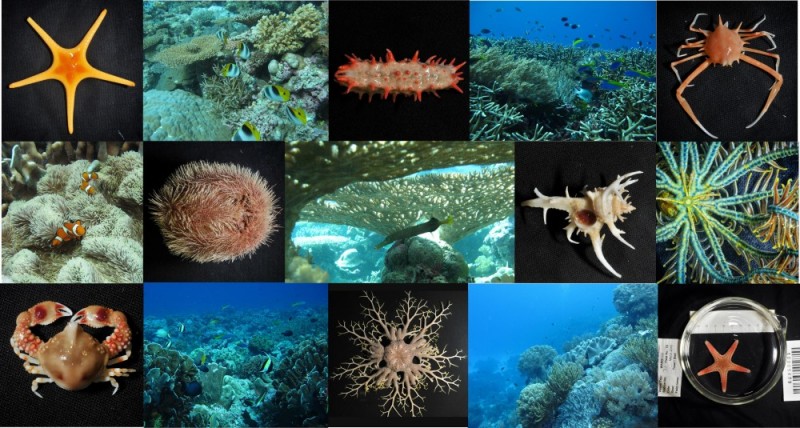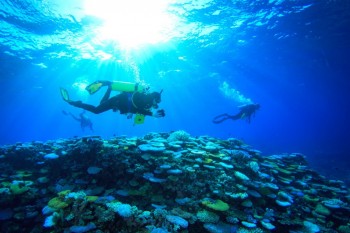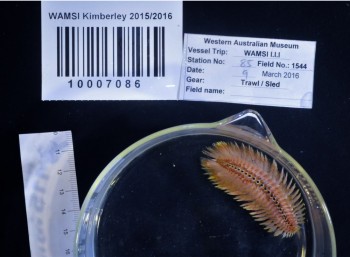Celebrate biodiversity month – explore Australia’s north west marine region

Biodiversity of Australia's north west marine region. Images courtesy of the Australian Institute of Marine Science, Western Australian Museum and CSIRO.
Biodiversity month is held in September each year and aims to promote the importance of protecting, conserving and improving biodiversity both within Australia and across the world.
North West Australia supports some of the richest marine communities within Australia. It is known for its diverse tropical habitats, that support high species diversity, and a number of protected species including dugongs, turtles and whale-sharks. It is also one of Australia's most economically significant regions producing the majority of Australia's domestic and exported oil and gas.
Currently there are a number of large research programs underway within the region dedicated to understanding and recording the diversity the health of the species and habitats represented by the region. This September/October will be busy with researchers re-visiting some of the emergent oceanic coral reefs and the submerged oceanic shoals within the region to assess fish diversity, coral reef health and benthic biodiversity.
Submerged oceanic shoals survey
Marine scientists from the Australian Institute of Marine Science (AIMS) will be surveying the fish communities of the submerged oceanic shoals. They first visited these little know reefs in 2011 after the Montara oil spill. The comprehensive post-spill surveys revealed exceptional fish diversity associated with these deeper reefs (20-60m). Next week they will head out once more, as part of an ongoing monitoring program funded by PTTEP Australasia, to re-survey three of the shoals and assess how the fish community has changed though time.
Emergent oceanic reefs surveys
As part of another ongoing research program, AIMS scientists will be conducting a second post-bleaching survey of the emergent reefs including Scott Reef and Ashmore Reef. Following the mass-bleaching of corals in the northern hemisphere last year and the Great Barrier Reef earlier this year, temperature anomalies peaked in North West Australia in April 2016. Bleaching was severe at several north-western Australian reefs, including Scott Reef and Seringapatam Reef where over 60% of the coral was affected. The post-bleaching surveys next month will establish how many of the bleached corals have survived.
Northern Kimberley biodiversity surveys
Researchers from the Western Australian Institute of Marine Science will be back in the Kimberley conducting the fifth and final benthic biodiversity survey. The research has been a collaboration between AIMS, the Western Australian Museum, CSIRO and Curtin University. The surveys have been using multibeam acoustics to map the seafloor while the biota living and growing on the sea bed have been surveyed using a towed video system and small sled to collect samples. With high numbers of species having been observed within the region, it is expected many will be new to science.
So stay tuned for more updates on this unique marine region here on the North West Atlas, Facebook, Twitter and Instagram.








